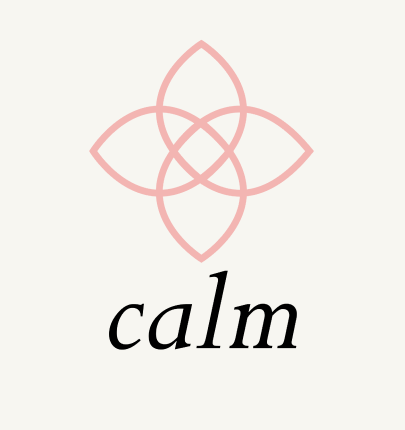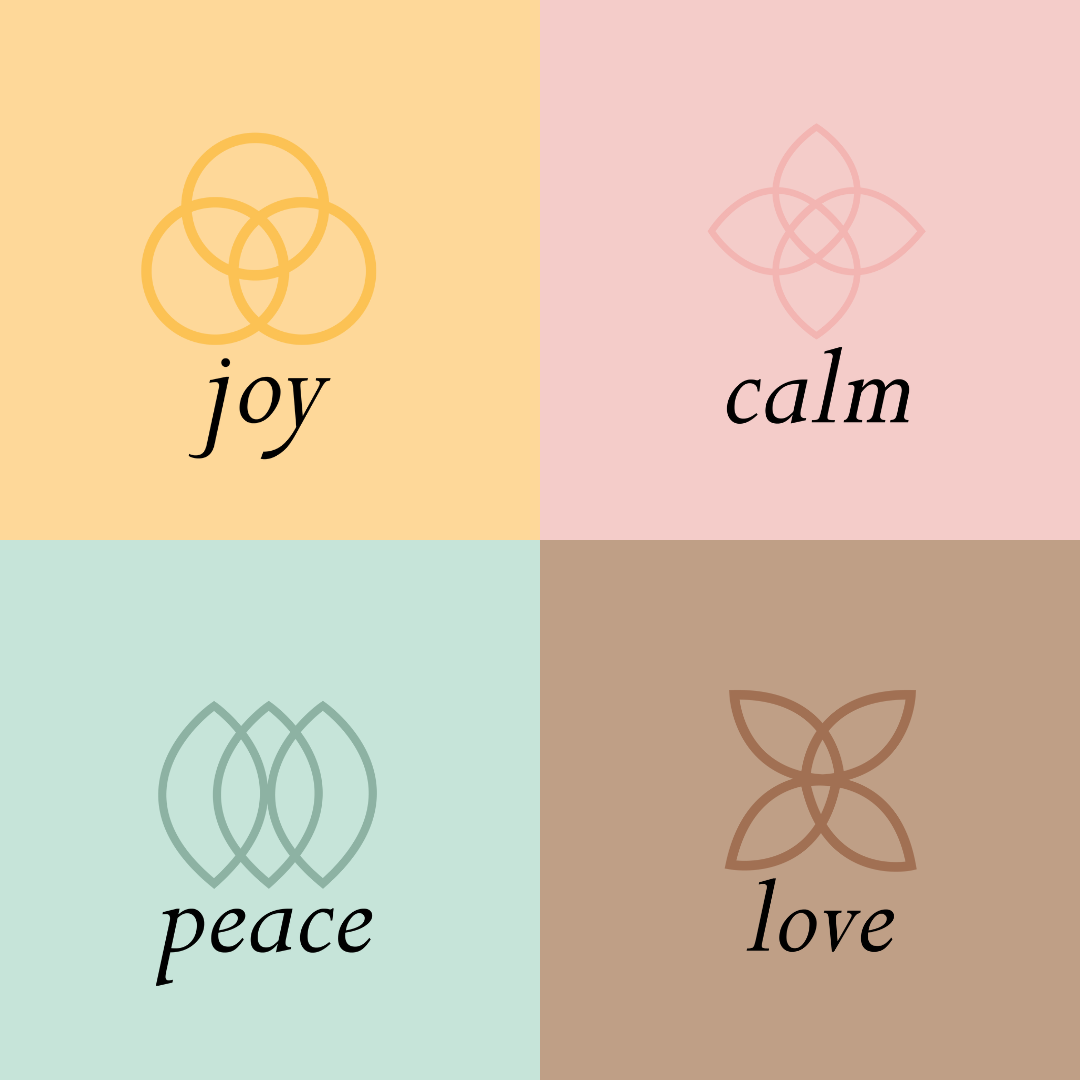How to meditate
Meditation is a practice that involves training your mind to focus and redirect your thoughts. It can be a beneficial tool for reducing stress, increasing self-awareness, and promoting mental well-being. Here's a step-by-step guide on how to meditate:
- Find a quiet and comfortable space: Choose a peaceful environment where you can sit or lie down without distractions. It could be a dedicated meditation room or any quiet corner of your home.
- Assume a comfortable posture: Sit in a position that allows you to be relaxed and alert. You can sit cross-legged on a cushion or chair, or you can lie down if that's more comfortable for you. Keep your spine straight, but not rigid, to maintain alertness.
- Close your eyes or soften your gaze: Close your eyes gently or let your gaze fall softly downward if you prefer to keep them open. This helps minimize visual distractions and directs your focus inward.
- Focus on your breath: Take a few deep breaths to centre yourself. Then, bring your attention to your breath as it naturally flows in and out. Notice the sensation of each inhale and exhale. Concentrate on the rise and fall of your abdomen or the feeling of air passing through your nostrils.
- Be present and nonjudgmental: As you continue to breathe, thoughts, emotions, and sensations may arise. Instead of getting caught up in them, try to observe them without judgment. If your mind wanders, gently bring your attention back to your breath.
- Choose a meditation object: If focusing solely on the breath is challenging, you can use a meditation object like a mantra (a repeated word or phrase) or a visual object (a candle flame or an image). Direct your attention to the chosen object and let it anchor your focus.
- Practice mindfulness: Expand your awareness to include your bodily sensations, thoughts, and emotions. Notice them as they arise, but avoid getting attached or carried away by them. Simply observe and let them pass without judgment.
- Start with short sessions: If you're new to meditation, begin with shorter sessions, such as 5-10 minutes, and gradually increase the duration as you become more comfortable and experienced.
- Be consistent: Regular practice is key to reaping the benefits of meditation. Set aside a specific time each day for your practice, whether it's in the morning, during a lunch break, or before bed. Consistency will help you develop a habit and deepen your meditation experience.
- Seek guidance if needed: If you're finding it challenging to meditate on your own, consider joining a meditation group or using guided meditation apps or videos. These resources can provide structure, guidance, and support.
Remember, meditation is a personal experience, and there's no right or wrong way to do it. Experiment with different techniques and find what works best for you. Over time, you'll discover your own rhythm and reap the numerous benefits of this ancient practice. Sign up for our newsletter to stay up to date with our monthly meditations!






